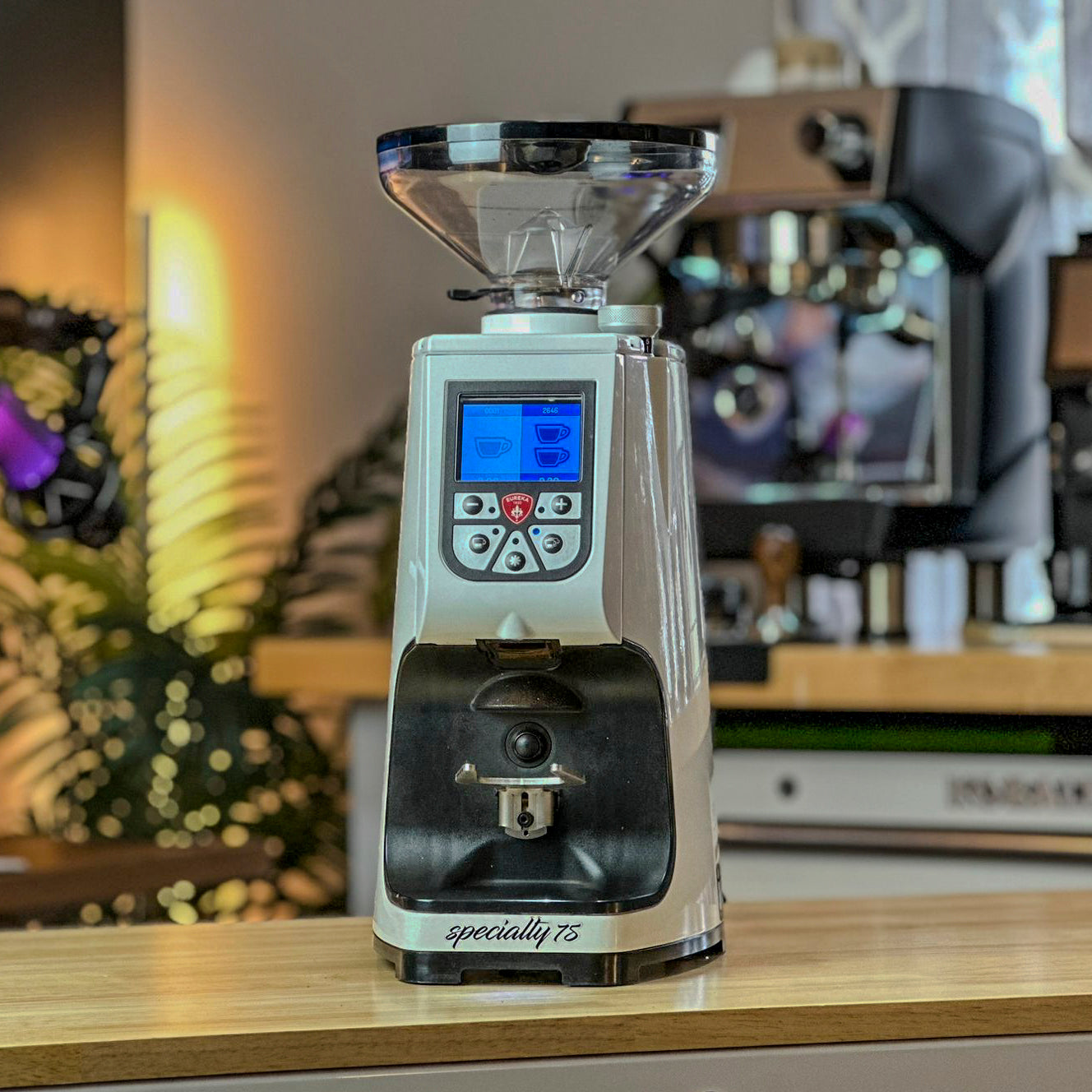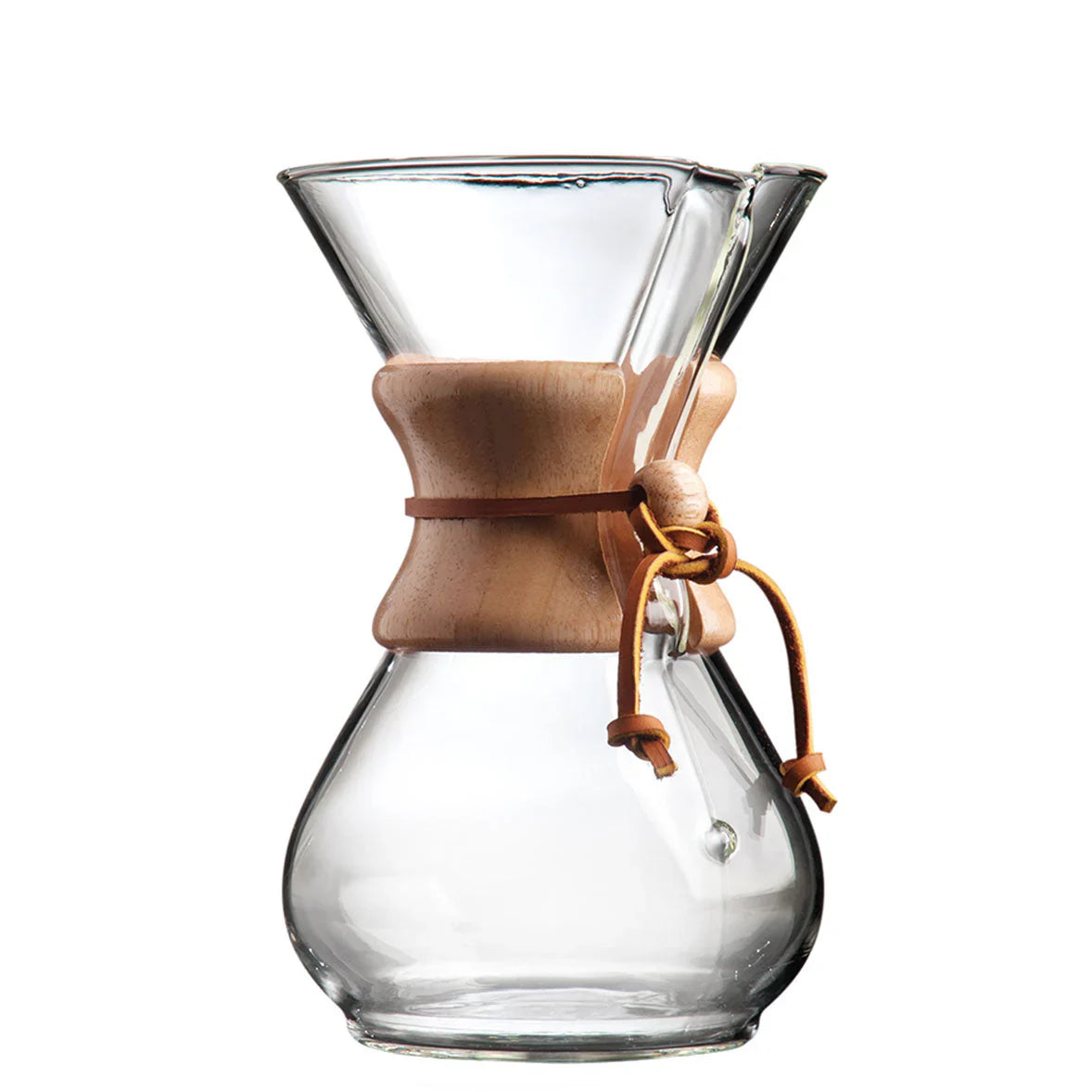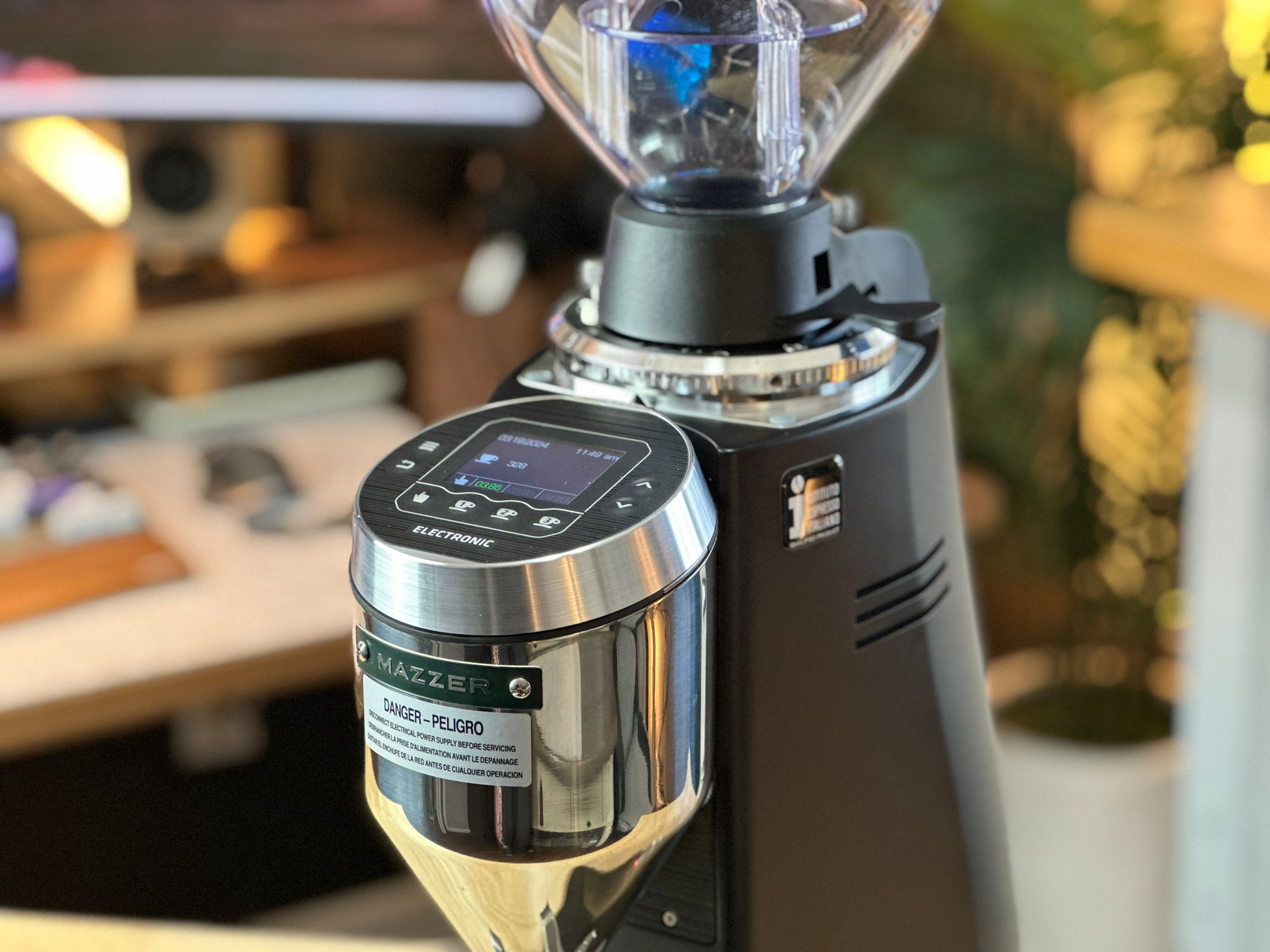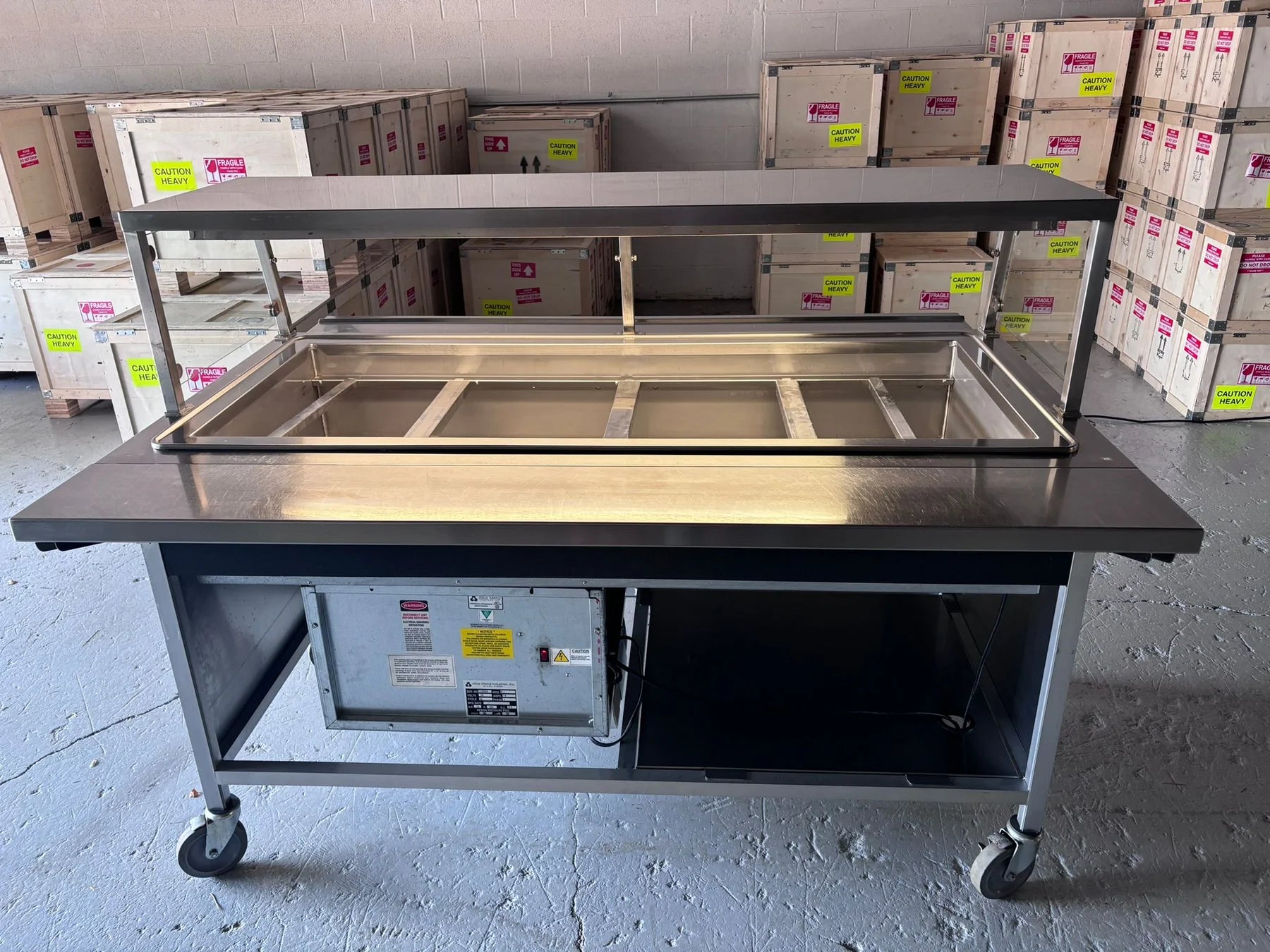Ideal Growing and Soil Conditions for Coffee Plants: A Scientific Overview
Coffee plants thrive in specific environmental conditions that support optimal growth, bean quality, and yield. The two main species of coffee—Coffea Arabica and Coffea Canephora (commonly known as Robusta)—have distinct growing requirements. Within Arabica, there are multiple varieties such as Typica, Bourbon, and Caturra, which further vary in their ideal growing conditions. This article delves into the ideal soil, climate, and growing conditions for coffee plants and includes tables detailing the needs of various coffee varieties.
1. Climate Requirements for Coffee Plants
Coffee plants grow best in tropical regions, typically between the Tropic of Cancer and Tropic of Capricorn. The key climate factors influencing coffee growth are temperature, altitude, rainfall, and humidity.
a. Temperature
- Arabica coffee prefers a temperature range of 60°F to 70°F (15°C to 24°C). Higher temperatures can lead to faster ripening, affecting flavor development. Arabica is sensitive to frost and extreme heat.
- Robusta coffee can tolerate higher temperatures, growing best in the 70°F to 80°F (24°C to 30°C) range. This makes Robusta more suitable for lower altitudes and warmer climates
b. Altitude
Altitude plays a critical role in coffee quality, particularly for Arabica. Higher elevations slow down the maturation process, allowing beans to develop more complex flavors.
- Arabica coffee is typically grown at altitudes between 1,200 to 2,200 meters above sea level, depending on proximity to the equator. Higher altitudes produce beans with more acidity and complex flavor profiles.
- Robusta is grown at lower altitudes, typically between 200 to 800 meters, and tends to produce more bitter, robust flavors.
c. Rainfall
Coffee plants require significant rainfall, but not too much during the flowering stage. The ideal rainfall for coffee plants is between 1,500 to 2,500 mm per year, distributed evenly throughout the growing season.
- Arabica generally requires 1,200 to 2,200 mm/year.
- Robusta needs more rainfall, generally 2,200 to 3,000 mm/year, and can tolerate wetter conditions
d. Shade
Traditionally, coffee plants grow under shade trees, which help regulate temperature, protect from direct sunlight, and prevent soil erosion. Shade-grown coffee tends to have better flavor development due to slower maturation of cherries.
2. Soil Conditions for Coffee Plants
Soil quality directly affects the health and productivity of coffee plants. Coffee requires well-draining, fertile soils with adequate levels of organic matter.
a. Soil Composition
- Well-Draining Soil: Coffee plants are sensitive to waterlogged soils, which can lead to root diseases. Therefore, well-draining soils such as loamy soils or sandy loam are ideal for coffee cultivation.
- Volcanic Soils: Many of the world’s finest coffees, such as those from Ethiopia, Colombia, and Central America, are grown in volcanic soils. These soils are rich in minerals such as phosphorus and potassium, which are crucial for plant growth and bean development
b. pH Range
The ideal soil pH for coffee is slightly acidic, in the range of 5.5 to 6.5. This pH range allows for optimal nutrient uptake.
- Arabica tends to prefer pH levels closer to 5.5 to 6.0.
- Robusta can tolerate slightly more acidic conditions, with pH levels between 5.0 and 6.5
c. Organic Matter and Nutrients
Coffee plants thrive in soils rich in organic matter, which helps retain moisture and provide essential nutrients. Important nutrients for coffee plants include:
- Nitrogen (N): Promotes vegetative growth.
- Phosphorus (P): Essential for root development and fruiting.
- Potassium (K): Improves overall plant health and increases resistance to diseases
Mulching with organic materials, such as coffee husks or leaves, can enhance soil fertility by gradually decomposing and releasing nutrients into the soil.
3. Water Management for Coffee Cultivation
Coffee plants require careful water management to avoid both drought stress and waterlogging. Irrigation is often used during dry periods, especially in regions with uneven rainfall. The water needs of coffee plants fluctuate depending on their growth stage:
- During the flowering stage, excessive rain can wash away blossoms, reducing fruit set.
- Ripening stages benefit from moderate rainfall to ensure the proper development of coffee cherries without swelling and bursting
4. Coffee Varietals and Their Ideal Growing Conditions
Different coffee varieties have slightly varying needs when it comes to climate and soil conditions. Below is a table summarizing the ideal growing conditions for some of the most common coffee varieties.
| Variety | Ideal Altitude (m) | Temperature Range (°C) | Rainfall (mm/year) | Soil pH | Other Notes |
|---|---|---|---|---|---|
| Typica | 1,200 - 2,200 | 15°C - 24°C | 1,500 - 2,500 | 5.5 - 6.0 | Grows best in well-drained, volcanic soils. |
| Bourbon | 1,200 - 2,000 | 15°C - 24°C | 1,500 - 2,000 | 5.5 - 6.0 | Prefers cooler climates, known for acidity. |
| Caturra | 800 - 1,800 | 18°C - 25°C | 1,200 - 2,500 | 5.5 - 6.5 | Resistant to certain diseases. |
| Geisha | 1,200 - 2,000 | 18°C - 21°C | 1,800 - 2,200 | 5.5 - 6.0 | Sensitive to drought, known for floral notes. |
| Robusta | 200 - 800 | 24°C - 30°C | 2,200 - 3,000 | 5.0 - 6.5 | Thrives in warmer, wetter climates. |
5. Sustainable Practices for Optimal Coffee Growth
As climate change continues to affect traditional coffee-growing regions, sustainability is increasingly important. Key sustainable practices for coffee cultivation include:
- Agroforestry: Growing coffee alongside other trees and plants improves biodiversity, reduces erosion, and enhances soil fertility.
- Organic Farming: Avoiding synthetic pesticides and fertilizers helps maintain soil health and reduce chemical runoff, benefiting both the environment and coffee quality.
- Shade-Grown Systems: These systems can reduce temperature fluctuations, enhance water retention, and support local ecosystems by providing habitats for wildlife
Conclusion
The ideal growing conditions for coffee plants depend on a delicate balance of temperature, altitude, rainfall, and soil composition. Arabica coffee thrives at higher altitudes with cooler temperatures and slightly acidic, well-drained soils, while Robusta tolerates warmer, more humid conditions. Understanding these environmental factors is essential for optimizing coffee production and achieving high-quality beans. As climate change poses increasing risks, sustainable farming practices will become even more crucial to maintaining the viability of coffee agriculture.














